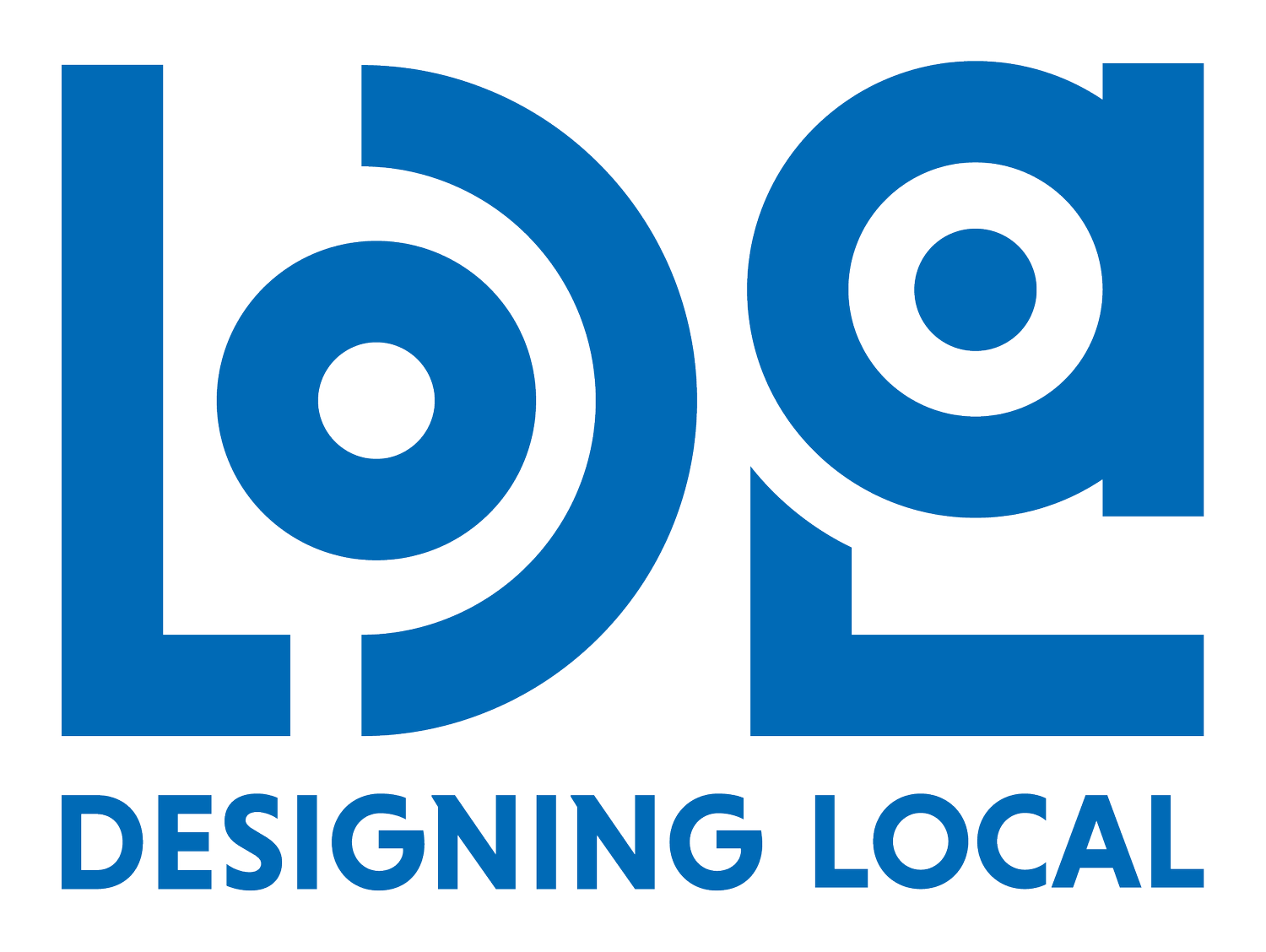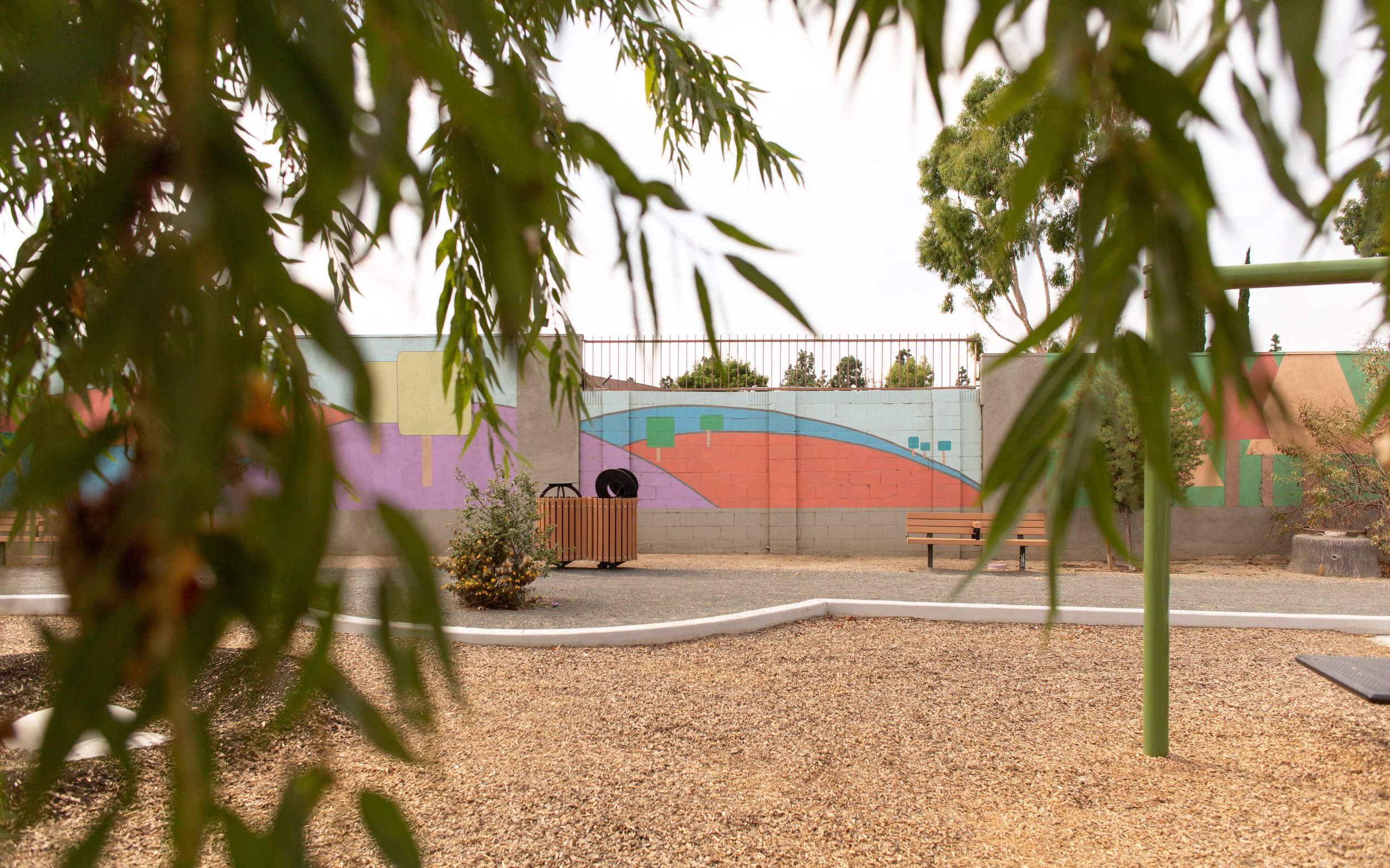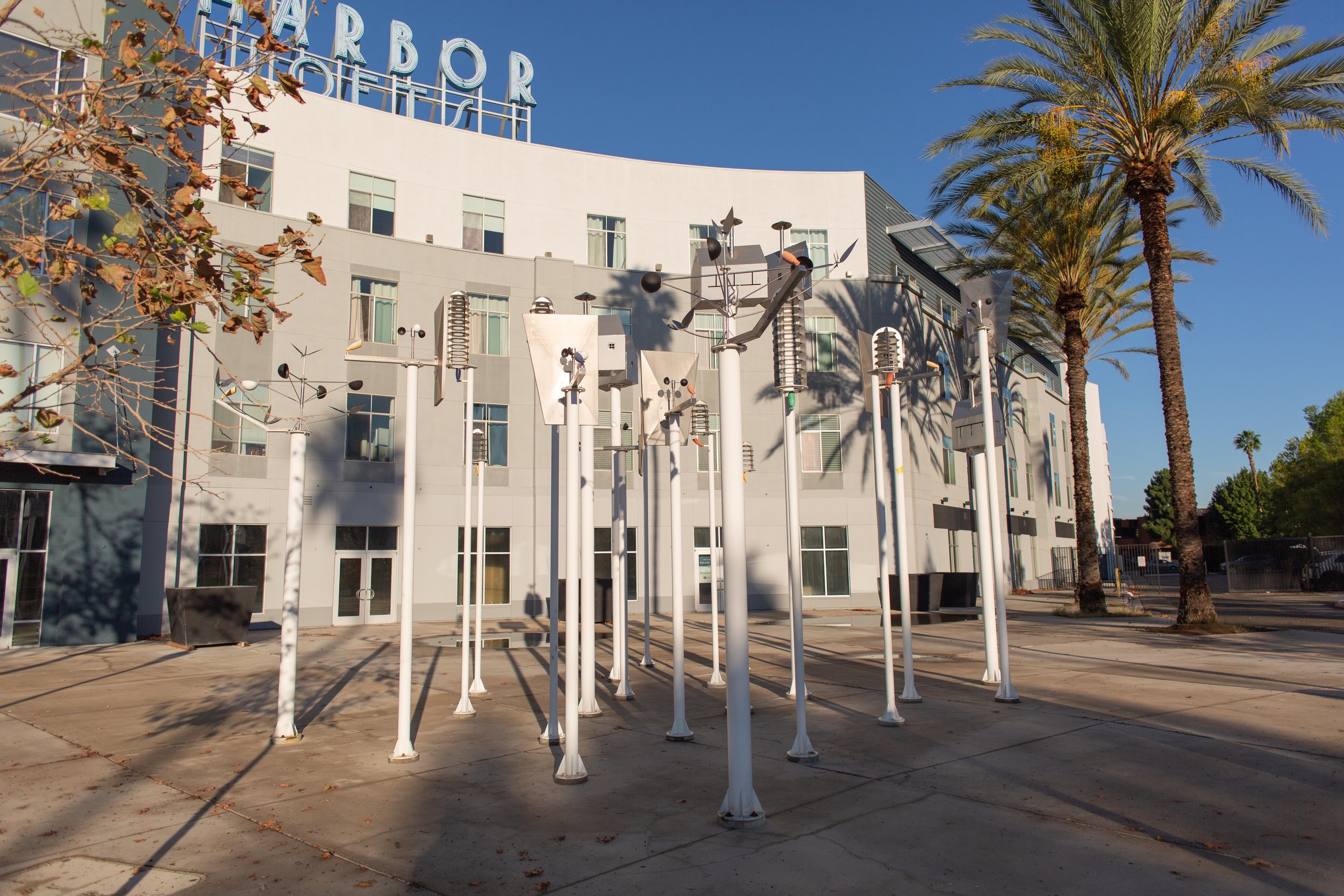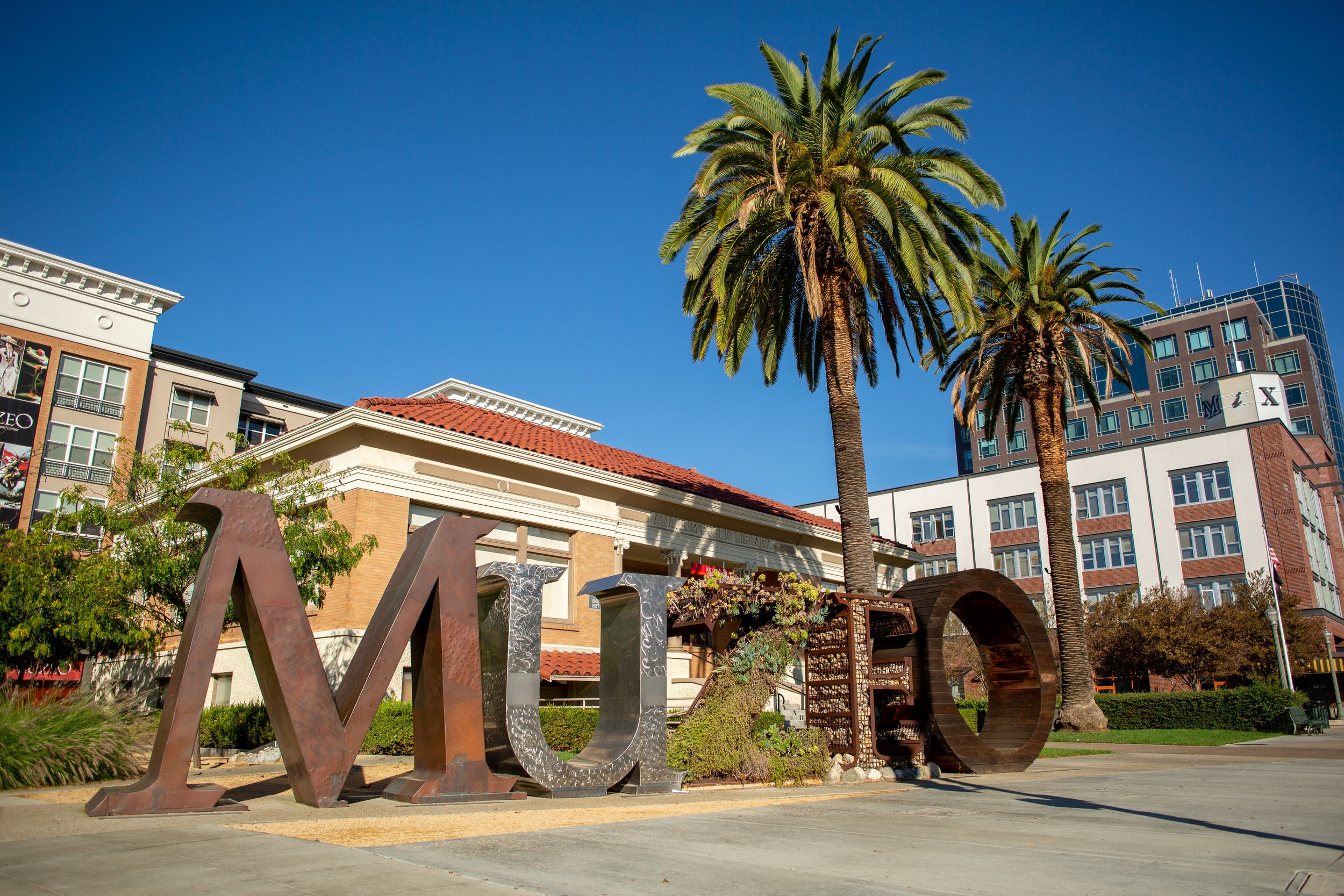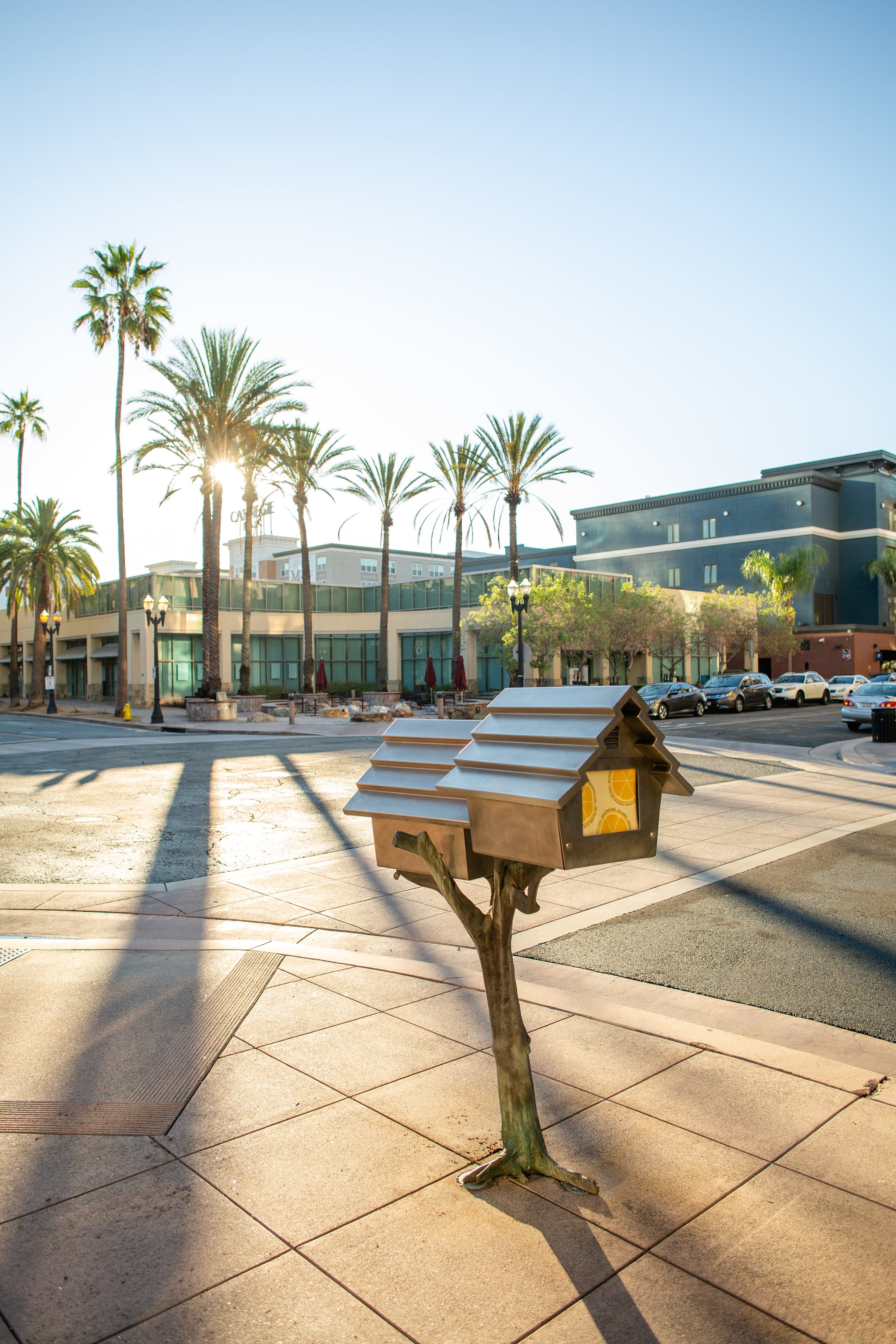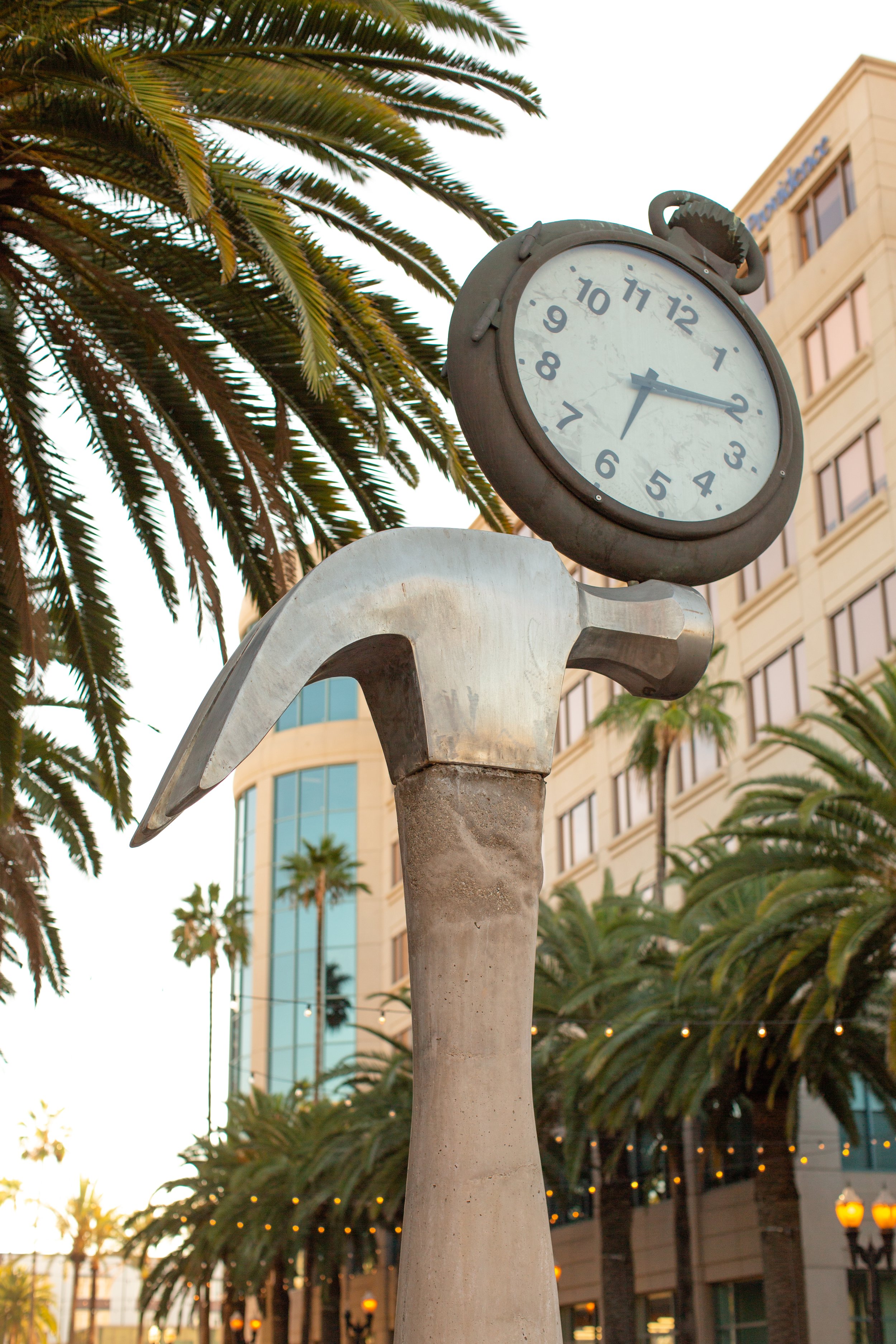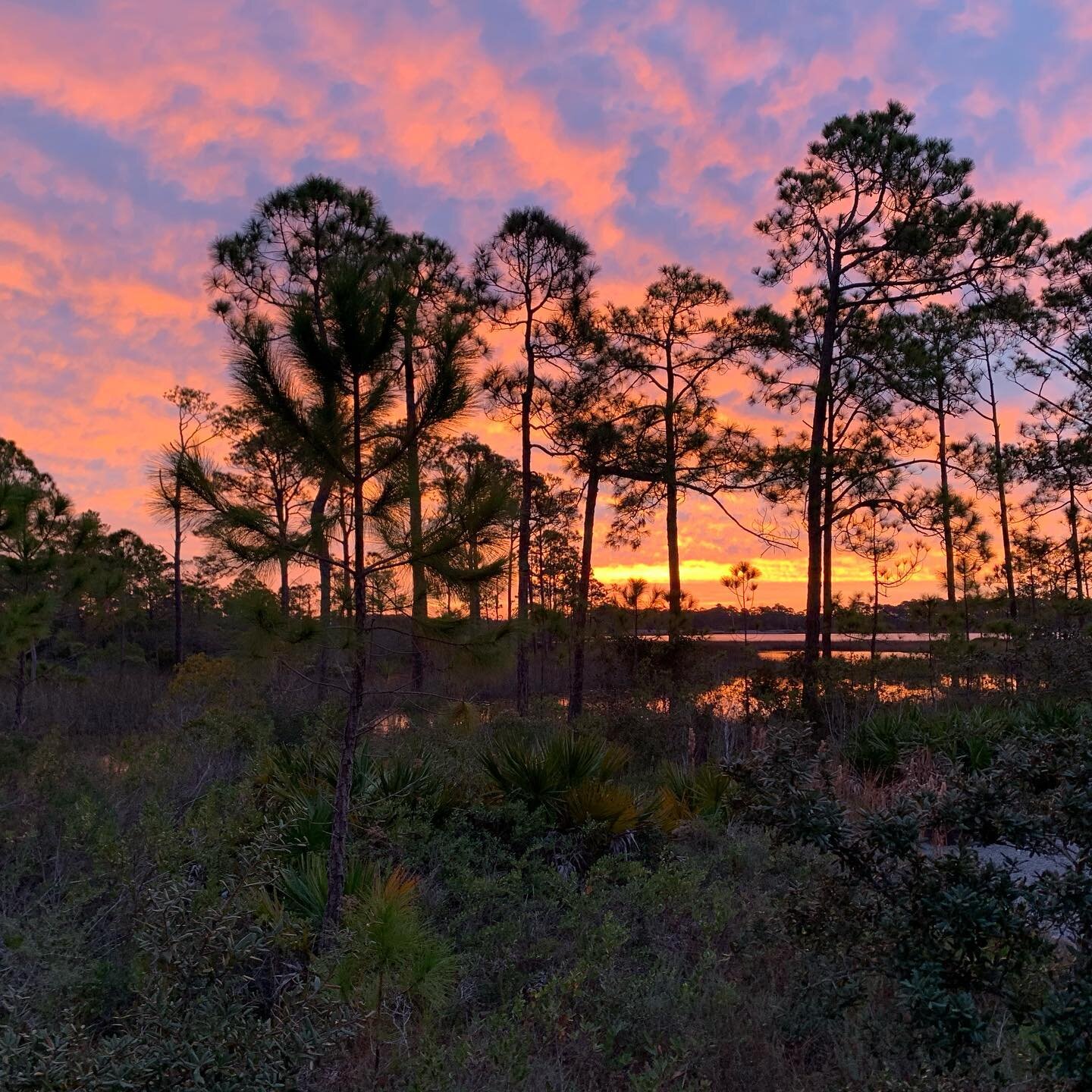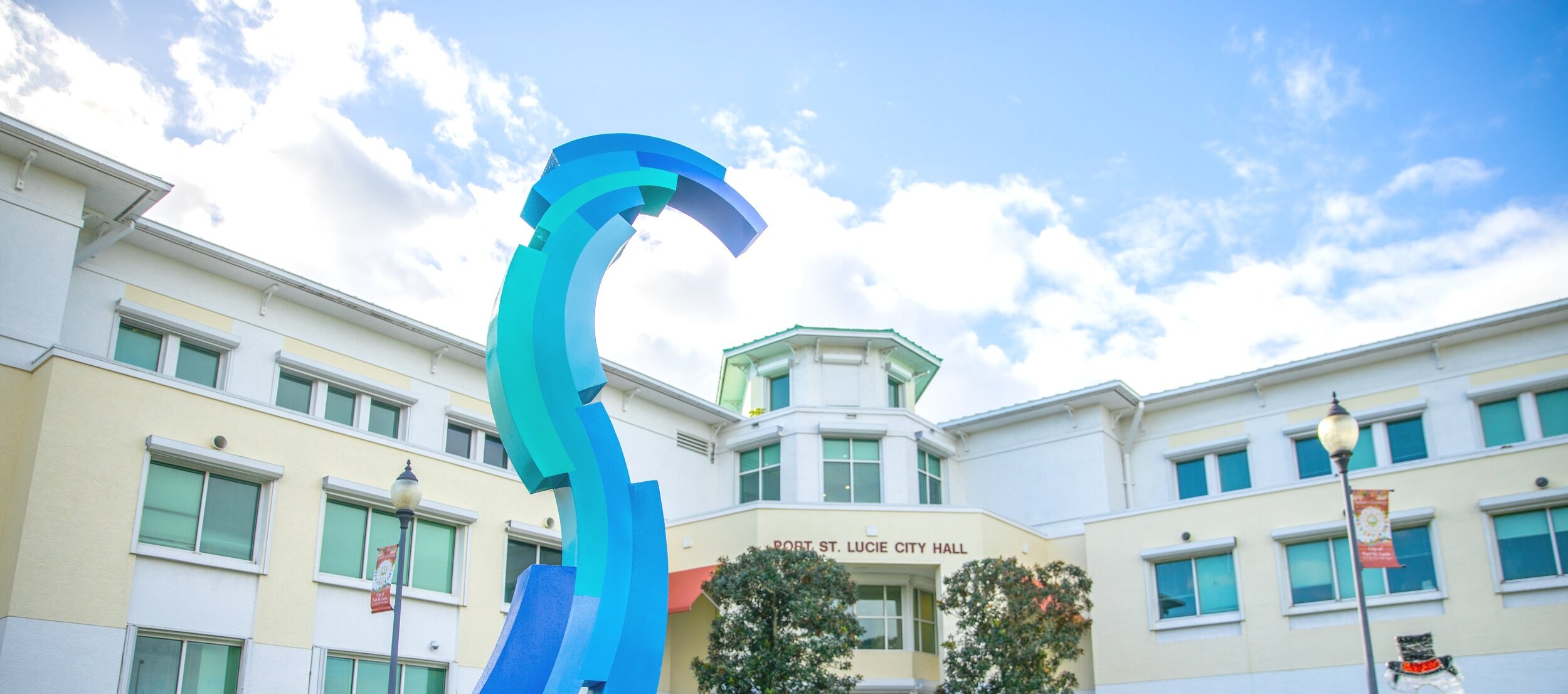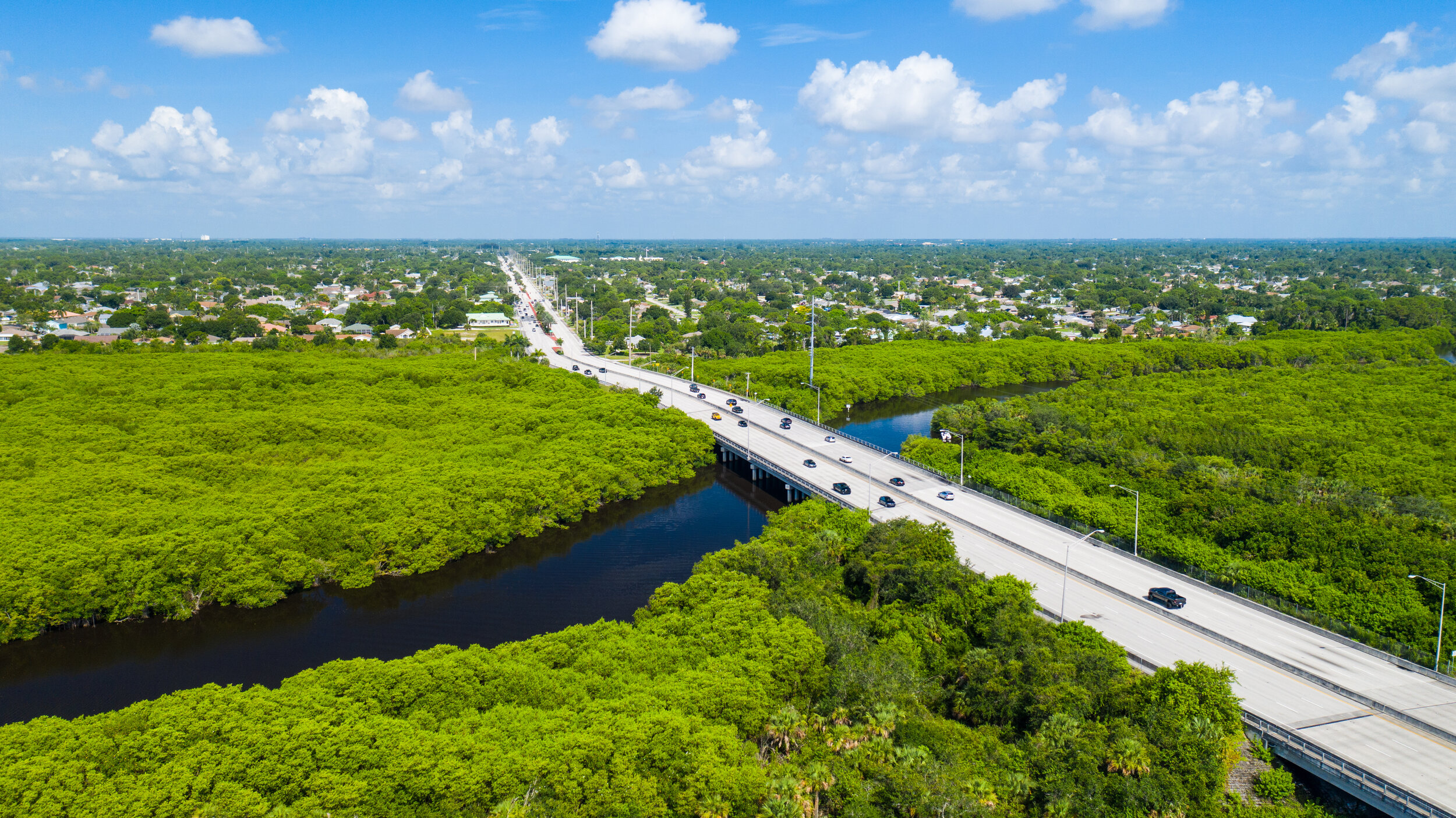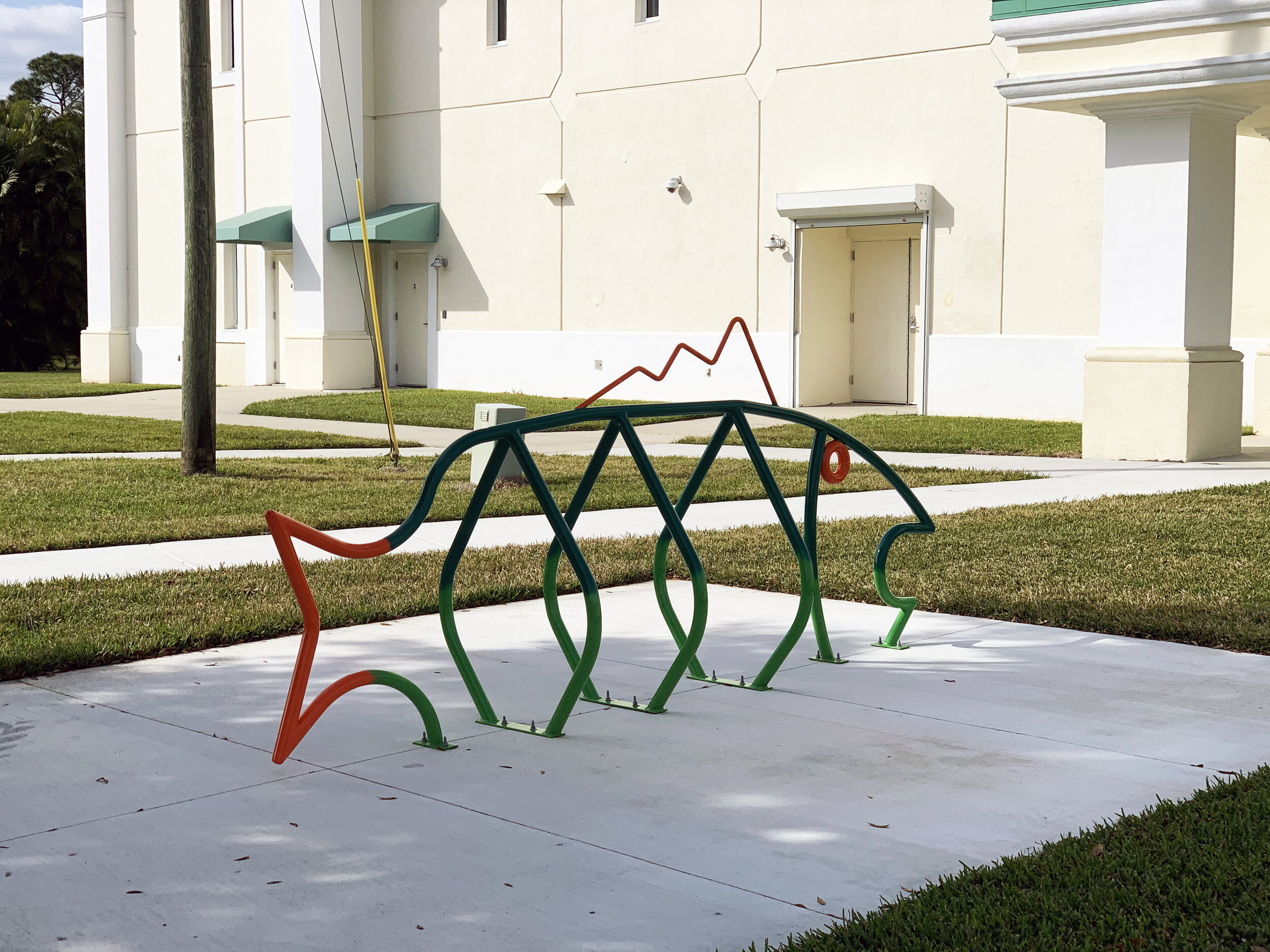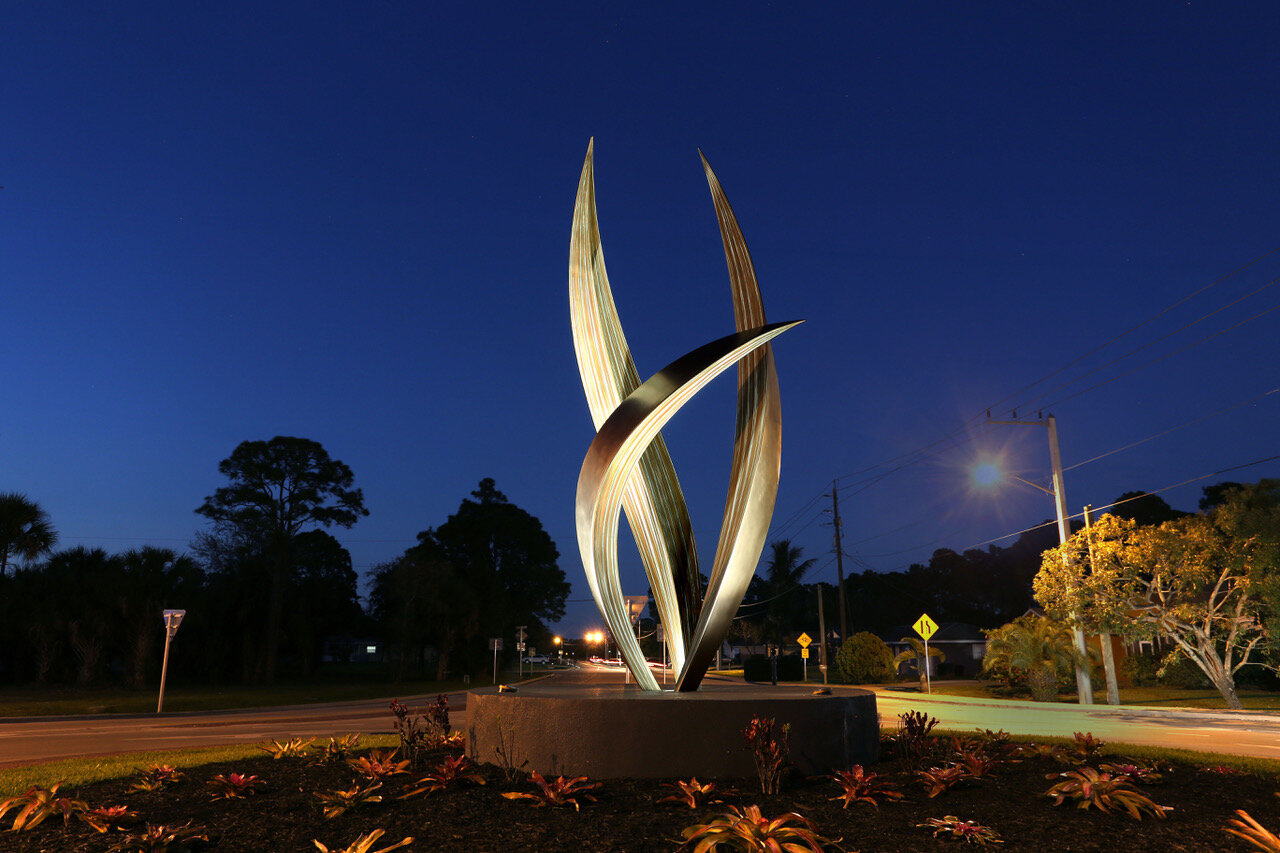Vacaville Arts & Culture Master Plan
Vacaville, California
WHY
The Vacaville Arts & Culture Master Plan was developed through a comprehensive and highly collaborative process led by Designing Local, structured around four key phases: Discovery, Community Engagement, Synthesis, and Plan creation.
HOW
The success of the plan was the extensive outreach that was completed, which actively involved residents, local creatives, and arts organizations from every corner of the city. A major component of this phase was the “Weaving Our Future” art project, featuring workshops held in each of Vacaville’s districts, where community members shared their aspirations for public art and cultural engagement through words, drawings, and shapes. This hands-on, community-driven approach was critical to building consensus and ensuring the final plan reflected the diverse voices and visions of Vacaville’s population.
WHAT
The final Plan provides a focused, five-year strategic roadmap for the City’s commitment to arts and culture, establishing foundational policies, a clear vision for cultural growth, and a streamlined approach to public art integration. Key tangible outcomes include the comprehensive Arts and Culture Master Plan document, accompanied by a Draft Public Art Program Policy and a Draft Arts Advisory Committee Policy. Together, these deliverables define the infrastructure for the City to enhance quality of life, strengthen local economic development, and cultivate a truly culturally rich and attractive community for both residents and visitors alike.
Downtown Ormond Beach Master Arts Plan
Ormond Beach, Florida
WHY
The Ormond Beach Downtown Master Arts Plan is a comprehensive plan that outlines strategies to integrate public art into key areas in its historic downtown, including parks, sidewalks, gateways, and the iconic Granada Bridge, enhancing the city's identity and elevating its appeal for residents and visitors alike. With input from community members, stakeholders, and experts, the plan emphasizes art that reflects Ormond Beach's coastal beauty, rich history, and small-town charm, while fostering inclusivity and accessibility for all.
HOW
Through detailed recommendations based on extensive community input, the plan introduces innovative public art typologies such as mosaics, sculptures, light installations, and environmental art, alongside functional art like artist-designed benches and planters. It also provides actionable steps for implementation, including funding strategies, artist selection processes, and maintenance guidelines to ensure the longevity of the projects. Special focus is given to the Granada Bridge, with proposals for transformative art installations that symbolize the city's character and connect its downtown and beachside districts. Designing Local collaborated closely with the Florida Department of Transportation to understand opportunities and key regulations surrounding public art implementation on the state-owned Granada Bridge.
WHAT
The Downtown Master Arts Plan is a call to action for Ormond Beach to embrace its cultural assets and create lasting experiences that inspire pride and spark conversation. By leveraging community input, strategic partnerships, and sustainable funding mechanisms, the plan positions Downtown Ormond Beach, a Community Redevelopment Area established in 1984, as a destination for art, culture, and innovation, ensuring its legacy as a vibrant and welcoming city for generations to come.
Milpitas Public Art Plan
Milpitas, California
WHY
The Milpitas Public Art Master Plan outlines a 10 year vision for public art as a dynamic and inclusive force that fosters belonging, reflects the city’s diversity, and enhances residents’ quality of life. Strategic recommendations emphasize community-centric, accessible art that resonates with Milpitas’ diverse population, including bilingual signage, and a Public Art Field Guide. As Milpitas looks to the future, Milpitas is also in a distinct moment in its history. The City’s population has become increasingly diverse with each generation, and will continue to embrace neighbors from around the world. Public art is not only a powerful mechanism for bridging the past and the future, but also it is an essential part of connecting residents with each other across language or cultural divides. Through its beloved parks, civic amenities, and other public spaces, Milpitas’ public art will convey that all are welcome—and belong.
HOW
In addition to Designing Local’s community-oriented approach to gathering public input for the plan, Designing Local hosted two artist-led engagement events. Edi Hsu and Saranya Chandrasekaran each lead community art making projects that yielded productive conversation with the community during the City’s Lantern Festival in September 2024 and the Holi Festival in March 2025. Additionally, Designing Local worked with ACT Art Conservation to develop a collection assessment report on the overall condition of objects in Milpitas’ public art collection. An updated appraisal report, created by Roth Art Group, was included in the scope as well.
WHAT
The plan advocates balancing tradition and innovation to engage a STEM-focused community while maintaining relevance. Sustainable funding mechanisms are recommended, including increasing the developer fee from 0.5% to 1.5% or higher, alongside clear policies for collection care and maintenance. Additionally, the plan encourages community art-making projects, partnerships with public and private entities, and enhanced accessibility through consistent signage and online resources. Public art was strategically recommended to be placed in high-traffic and gathering areas to maximize impact, with collaboration between city departments, developers, artists, and cultural organizations to expand reach. The Plan also included a collection assessment report, which was the City’s first ever comprehensive condition report for objects in its collection, and an appraisal report.
Main Street Medina Tactical Public Art Strategy
Medina, Ohio
WHY
As the southern gateway into the Uptown Historic district, the South Town district in Medina serves as an important crossroads for tourism, economic development, culture, and community pride. The South Town district's history in multiple industries-including grain, freight railways, upholstery, metal smithing, marble, and beyond-contextualizes its placemaking and public art considerations. A cohesive public art strategy has the ability to define a place's borders and invite in residents and visitors.
HOW
Designing Local created a vision for the South Town district of Medina that celebrates its industrial past through innovative public art and lively placemaking, while establishing a natural connection between Medina's Uptown Historic and South Town districts.
WHAT
In order to most effectively implement goals defined in the first phase of this strategic plan, a framework of three approaches was developed. Each dynamic approach supports the goals of public art in South Town: activating shared spaces, revealing South Town's visual identity, and reinforcing the Court Street Corridor. While the recommended interventions are all achievable as stand-alone projects, their implementation will be more successful when aligned with this Plan's strategic approaches.
Acworth Public Art Master Plan
Acworth, Georgia
WHY
Acworth is a unique destination for work, play, and everything in between. With just over 22,000 residents and its proximity to metropolitan Atlanta, it is poised for continued growth in the next decade. As Acworth looks toward its future, the City believes in public art's ability to tell the story of Acworth, enliven public spaces, and reveal what makes this City special.
HOW
From large-scale, multi-year projects that define Acworth's gateways, to temporary, yet meaningful mural opportunities in Acworth's beloved greenspaces, this plan outlines a range of strategies for high-impact public art projects in Acworth.
WHAT
In addition to strategy recommendations, this plan provides guidelines for establishing the public art program in Acworth, administrative next steps and best practices, and strategies for effectively and efficiently implementing public art projects in Acworth.
Richmond International Airport Public Art Plan
Richmond, Virginia
WHY
The Art in the Airport program at Richmond International Airport (RIC) strives to complement and promote the dynamic regional culture of the State of Virginia, with an emphasis on the Richmond Metropolitan area, while reinforcing the image of RIC as an inclusive and welcoming gateway to the world. The three main objectives are to enhance the air travel experience of RIC visitors by creating an ambiance in the airport that reflects the sophistication and cultural diversity of the region and supports local artists and institutions by creating and managing rotating exhibitions, fine and performing art series that are customized for RIC.
HOW
Designing Local was selected to bring our unique set of skills, professional experience, and insight in the development of the Art in the Airport program at RIC. Engaging the community, art and artists, and our proven ability to develop a multi-cultural art program has been critical in the development and coordination of this arts program. Designing Local facilitated a series of highly interactive and inclusive public workshops and stakeholder meetings that yielded essential insights to craft a narrative about RIC and articulate the culture and values of the community.
WHAT
The final plan includes a fully developed arts program, including master planning, commission management, and art curation. Potential locations for art placement were identified, while taking into consideration the existing airport design, maintenance, RIC Master Plan, and the Capital Improvement Plan. Designing Local is also curating RIC's first public art piece to be installed in Fall of 2024.
Anaheim Public Art Plan
Anaheim, California
WHY
The Anaheim Public Art Master Plan takes an overarching look at Anaheim’s legacy of public art while setting a vision for the future and defining how public art will shape Anaheim for years to come. The framework of this plan is a strategy for the establishment and operationalization of a formal Public Art Program that proposes ways to ensure public art in Anaheim is transformational, unifying, and is representative of the spirit of Anaheim.
HOW
The Public Art Plan outlines the vision, goals, and core values of the City’s Public Art Program. The Plan also provides essential administrative guidelines for determining how public art is identified, preserved, selected, and placed. Public Art adds enormous value to the cultural, aesthetic, and economic vitality of a community. Despite the COVID-19 pandemic, this plan is a result of extensive public engagement. The consultant team, along with City leadership and staff, worked diligently to engage the public throughout an 18-month process (August 2020-December 2021) and provided ample opportunity for a broad cross-section of the community to participate in shaping the vision for public art in Anaheim. The team held over 40 virtual stakeholder engagement opportunities, including 18 individual interviews, 25 focus groups, and six identical community meetings in each of Anaheim’s 6 Council Districts to listen and learn about the community’s vision for public art. Participants included business owners, arts organizations, art educators, realtors, private developers, community groups, and engaged residents. Translation services were available on an as-needed basis. 2,149 people participated in a survey. In all, over 3,000 people were engaged.
WHAT
Throughout the stakeholder meetings, individual and group interviews, and survey comments, several recurring themes emerged. The people of Anaheim want to be known for their creativity. They want public art to become synonymous with their identity, elevating their reputation in southern California, stacking upon the experience of a tourist destination. They want public art to celebrate and showcase the many cultures in Anaheim, and they want to see public art reflecting their values in their local neighborhoods. They want art to be a part of their public spaces, making them more exciting and desirable. They want to share their histories and the history of Anaheim with each other and, ultimately, the world.
Port St. Lucie Art in Public Places Master Plan
Port St. Lucie, Florida
WHY
The City of Port St. Lucie is dedicated to creating a more livable, beautiful community and looked to public art as a means to accomplishing this. The city created an Art in Public Places program through A Percent for Art in Private Development funding, and created a Public Art Board to review projects. The next step for the city was to create an Art in Public Places Master Plan to guide program implementation.
HOW
It is hard to believe that our first large-scale public engagement event for the plan was the first city event canceled due to COVID-19 back in March 2020! Designing Local was able to transition to digital engagement and, thanks to the public’s enthusiasm for more public art in Port St. Lucie, got feedback from nearly 1,000 residents.
WHAT
The Art in Public Places Master Plan lays out a vision for the future of public art in Port St. Lucie, which is now on track to develop a world-class public art program. Designing Local has continued to provide art implementation for the last 2 years.
